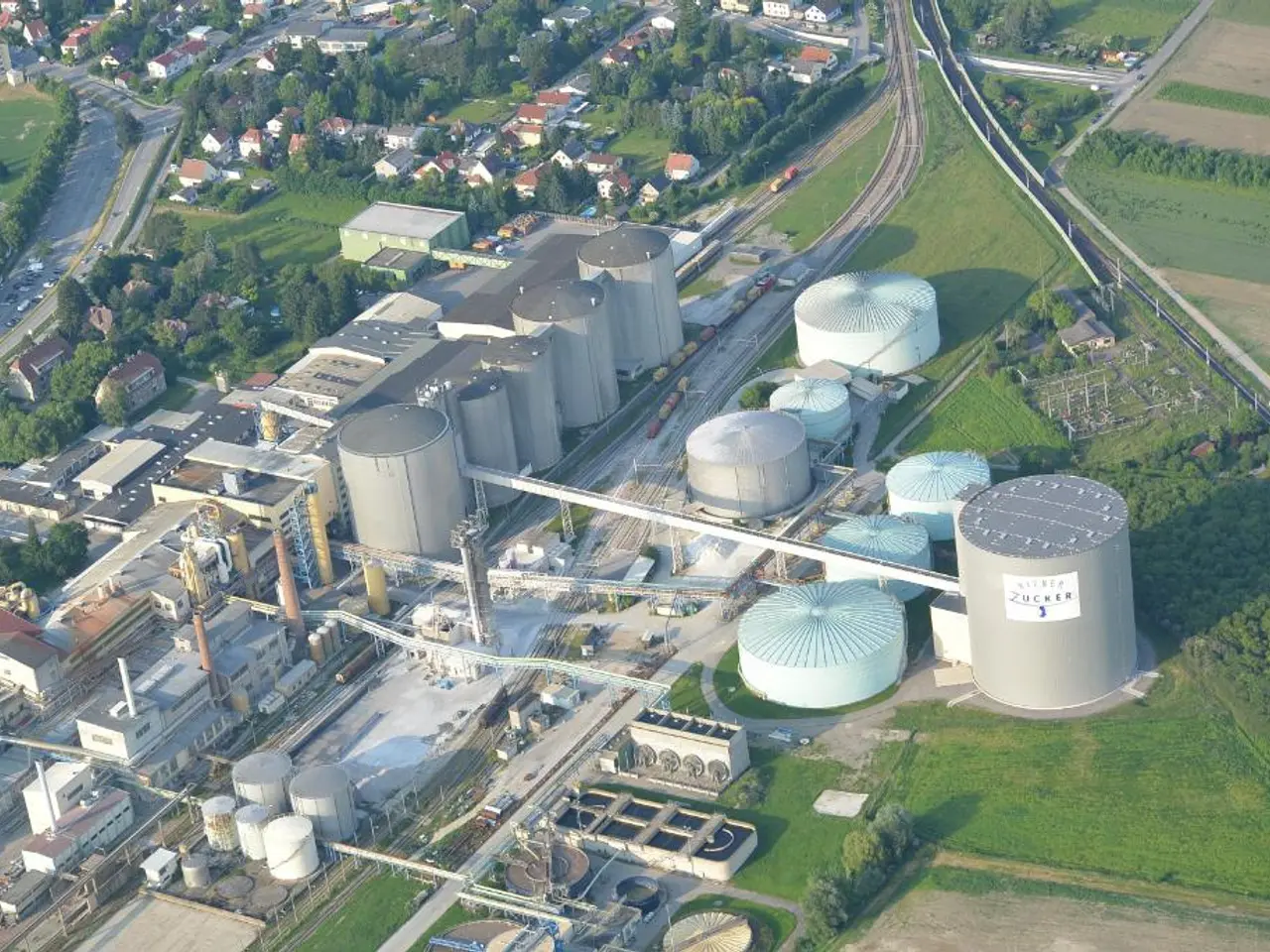Traffic congestion in Bucharest costingly claims approximately 12 days from the average driver's yearly schedule, as per a recent finding.
In the recently released Traffic Index 2025, a comprehensive evaluation of urban mobility, some surprising findings have emerged.
Reșița, Giurgiu, and Călărași have consolidated their positions as the top three cities in the index, with residents losing only 3-3.5 working days per year due to traffic congestion. This is a significant improvement compared to other major cities in Romania.
Oradea, which was not among the top cities in 2024, has climbed 17 places in the rankings, while Alba Iulia and Bistrița have each gained eight positions. On the other hand, Brașov and Tulcea have lost five positions.
The report indicates that cities are congested not only during work hours but also in the middle of the day due to fragmented daily activities. This has led to lunchtime becoming a new peak traffic period in many cities, with minimum speeds no longer recorded at 08:00 or 17:00, but between 11:00 and 14:00.
Florian Filat, Executive Director of the Institute for Visionary Cities, explains that two cities with the same relative congestion can have a different impact in days lost, depending on the basic average speed at which traffic flows in the city. He also states that flexible work, staggered schedules, and a greater dispersion of travel flows throughout the day contribute to traffic congestion during lunchtime.
In contrast, Bucharest continues to be the major exception of the Romanian urban network. With an Excess Travel Time Ratio (ETTR) of about 45% and losses due to congestion equivalent to more than 12.7 working days annually, Bucharest's drivers are losing more than half of their legal annual leave due to congestion.
Small towns lead the ranking of smooth mobility, with local officials attributing this to measures like tram lines, underpasses, intelligent traffic light systems, etc. Timișoara and Iași, however, each lose more than 9 days per year due to traffic congestion, indicating the need for structural measures.
Alexandria and Cluj-Napoca each fall seven positions in the Traffic Index 2025 compared to 2024. The explanations for the declines in some cities lie in new pressures on road networks, prolonged construction sites, or less efficient traffic management.
The Institute for Visionary Cities' analysis shows that the impact of congestion is not only measured in kilometers per hour but also in days of life lost annually due to traffic congestion. Braila and Galati, despite having over 150,000 inhabitants, have only 3.6-4.3 days of lost time per year due to traffic congestion.
Florian Filat manages the Institute for Visionary Cities' City Index project, which aims to provide insights into urban mobility and suggest solutions for congestion. The report serves as a valuable resource for city planners and policymakers in their efforts to improve urban mobility and quality of life in Romanian cities.
Read also:
- Duty on cotton imported into India remains unchanged, as U.S. tariffs escalate to their most severe levels yet
- Steak 'n Shake CEO's supposed poor leadership criticism sparks retaliation from Cracker Barrel, accusing him of self-interest
- President von der Leyen's address at the Fourth Renewable Hydrogen Summit, delivered remotely
- Unveiling Innovation in Propulsion: A Deep Dive into the Advantages and Obstacles of Magnetic Engines







